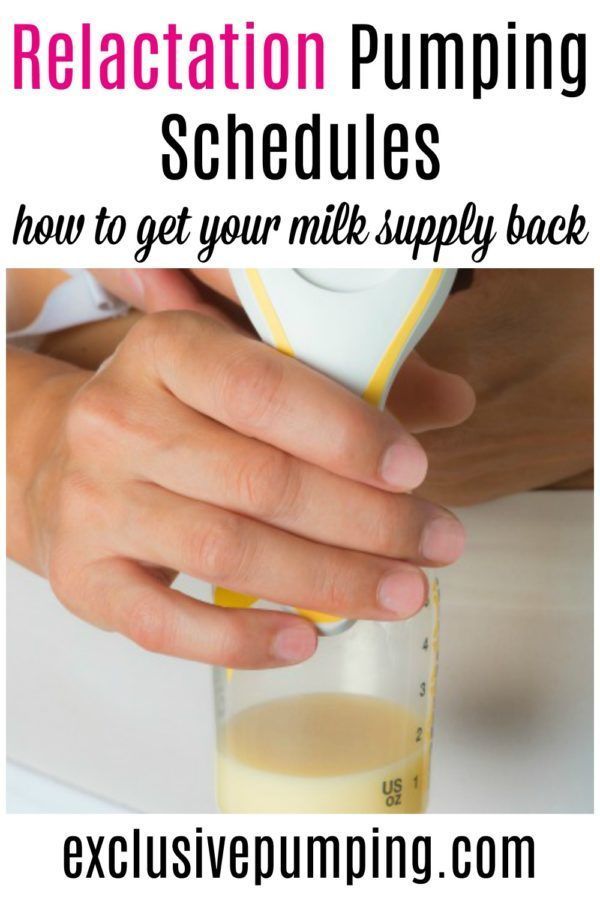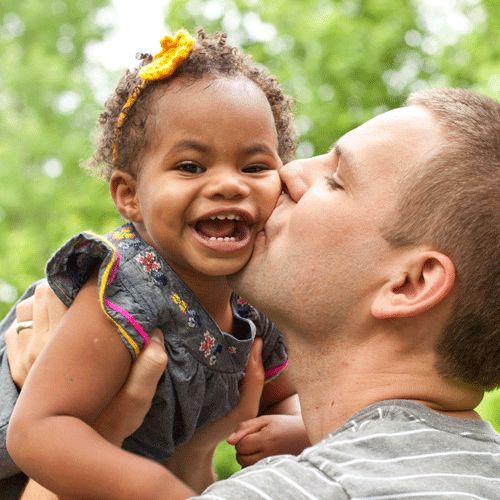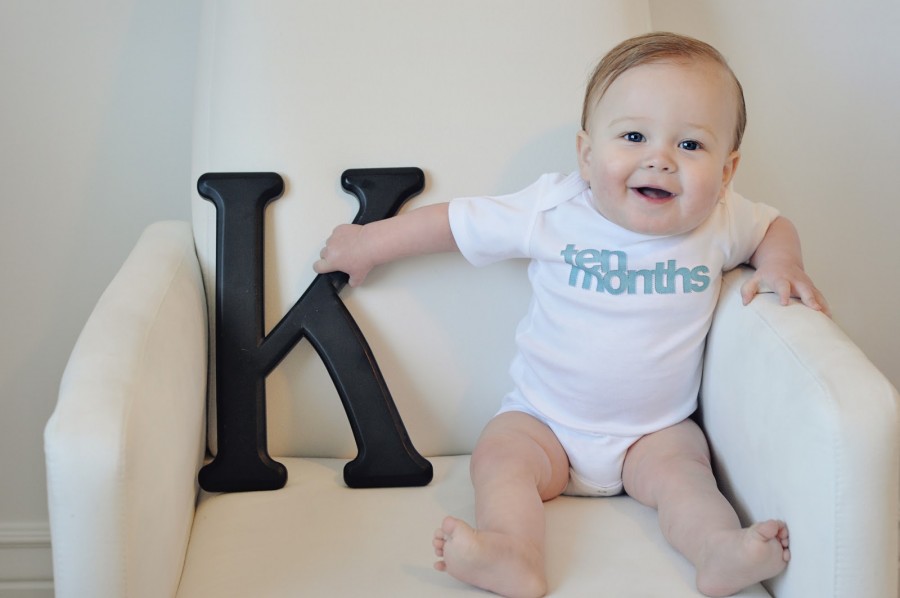Post labor pain
Recovering From Delivery - Postpartum Recovery
Your body has just done one of the most remarkable things it will ever do: grow another human being. After 9 months of waiting, you are probably excited to finally be home with your new baby. Much of your focus and energy during the coming weeks and months will be on baby, but remember that you also need to take care of yourself, too.
Your delivery may have been complicated or easy. You may have had a cesarean birth (C-section) or vaginal delivery. You may have labored for a few hours or a few days. No matter what your delivery looked like, your body has been through a trauma just the same. It is going to need time to recover.
Your postpartum recovery won’t be just a few days. Fully recovering from pregnancy and childbirth can take months. While many women feel mostly recovered by 6-8 weeks, it may take longer than this to feel like yourself again. During this time, you may feel as though your body has turned against you. Try not to get frustrated. Remember that your body is not aware of your timelines and expectations. The best thing you can do for it is rest, eat well, and give yourself a break.
During this time, your hormones also will be fluctuating. You may not be thinking clearly and will be more emotional. Again, give yourself time for this to pass. However, if at any time you think about hurting yourself or your baby, tell someone.
Path to improved health
It took the better part of a year to grow and have a baby. Take comfort in knowing that, for the most part, you will begin to feel like yourself much sooner than that. In a few months, you should be well on your way to recovery.
That is not to say that postpartum recovery won’t have its challenges. It is very common to feel as though your body is not healing as quickly as you’d like. Remember, the more you can rest your body and let it fully recover, the better you’ll be for it. Even if you can only manage to eat, sleep, and care for your baby, that is enough.
During the first six weeks, pay attention to your body. You’ll be tired and focused on your baby, but try to notice changes with your own body. This is very important as you heal.
As you begin to feel better, resist the temptation to do more. Overdoing things at this point can set you back in your recovery. Concentrate on nourishing your body with good foods, drinking plenty of water (especially if you are breastfeeding), and getting enough rest.
If you’ve had a C-section, you’ll have more restrictions about what you can do in the days and weeks following childbirth. Common don’ts include driving and lifting anything heavier than your baby. Your doctor will let you know when you can resume normal activities.
Here is more of what you can expect during your postpartum recovery.
Abdominal pain. As your uterus shrinks back into its normal size and shape, you will feel pain in your abdomen (lower belly). These pains are called “afterpains.” Most of these pains will be dull, but some will be sharp.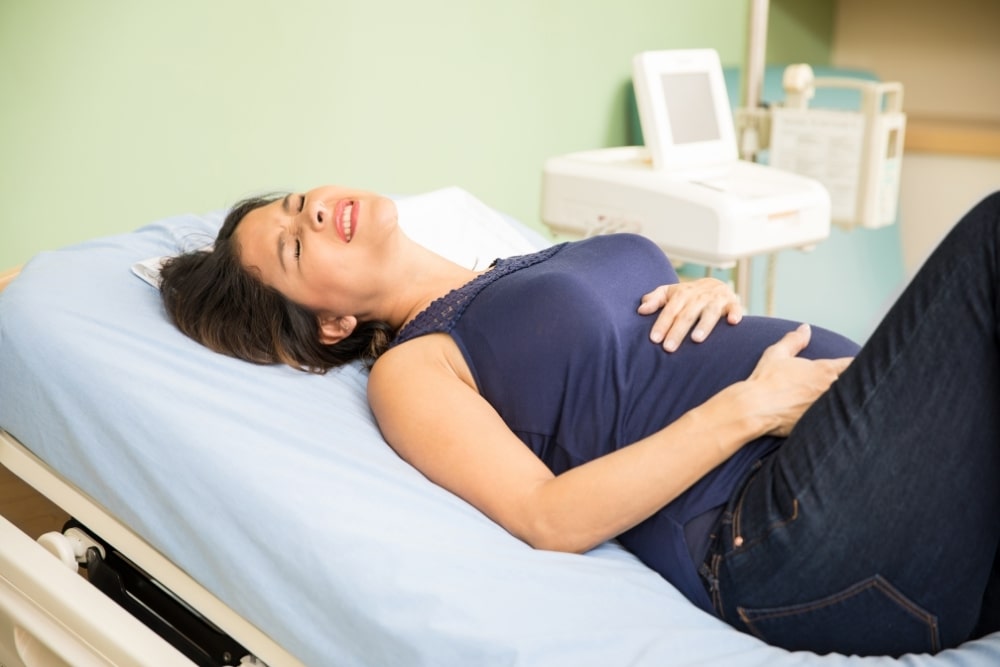 You may feel more of these pains as you breastfeed your baby. That is because breastfeeding stimulates a chemical in your body that causes the uterus to contract (tighten). For many women, applying heat to the area helps control the pain. Consider using a heating pad or hot water bottle. Your abdominal pain should ease up over time. If these pains get worse or don’t let up, you should call your doctor.
You may feel more of these pains as you breastfeed your baby. That is because breastfeeding stimulates a chemical in your body that causes the uterus to contract (tighten). For many women, applying heat to the area helps control the pain. Consider using a heating pad or hot water bottle. Your abdominal pain should ease up over time. If these pains get worse or don’t let up, you should call your doctor.
Baby blues. You are so excited and happy to bring baby home. The next minute, though, you are sad. It can be confusing, especially to new moms. Know that many women (70-80%) struggle with feeling sad the first few weeks after having a baby. It is commonly called the “baby blues” and is caused by hormone changes. It is nothing to be ashamed of. In fact, confiding in a friend of family member can often make you feel better. If these feelings last more than a few weeks or you are not able to function because of them, you could have postpartum depression. Postpartum depression is more serious than baby blues.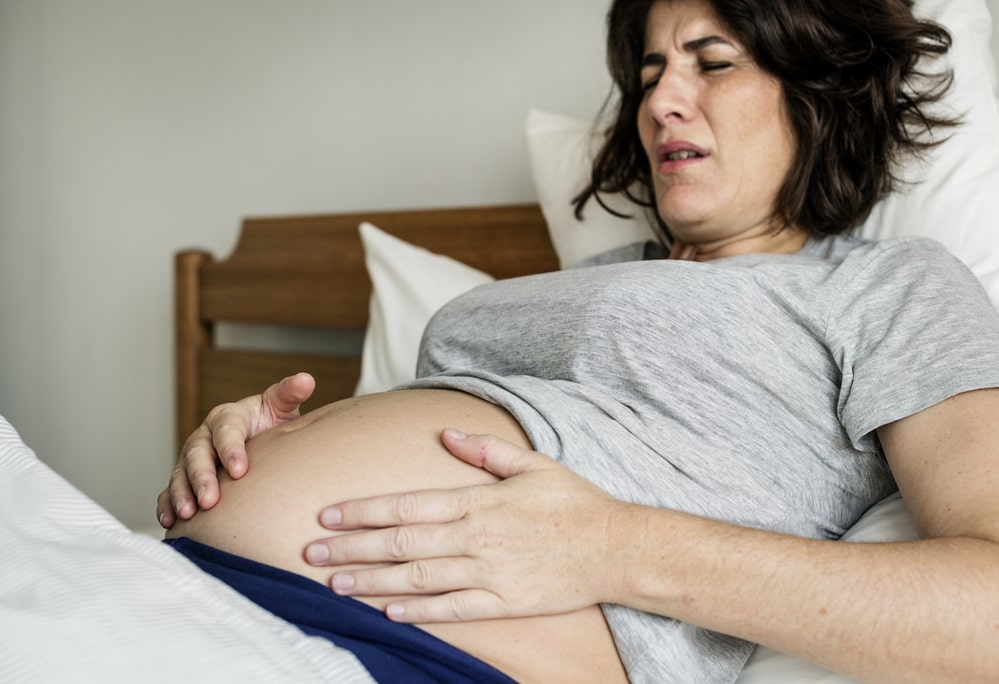 If you have severe feelings of sadness or hopelessness, you should call your doctor.
If you have severe feelings of sadness or hopelessness, you should call your doctor.
Constipation. It is very common to be constipated in the days following childbirth. There are several things that could cause this. If you received any pain-relieving drugs in the hospital, they could slow down your bowels. If you had anesthesia (a pain blocker) for any reason, that also can cause it. Sometimes, postpartum constipation is brought on simply by fear. This is true especially if you have stitches because you had an episiotomy (a surgical cut between the vagina and anus to widen the vaginal opening for childbirth) or tore this area during delivery. You may be afraid of damaging the stitches or be afraid that a bowel movement will cause even more pain in that area. To help ease constipation, drink plenty of water and try to eat foods that offer a lot of fiber. In many cases, you may want to talk to your doctor about prescribing a stool softener (such as Colace or Docusoft). If you haven’t had a bowel movement by four days postpartum, call your doctor.
If you haven’t had a bowel movement by four days postpartum, call your doctor.
Hemorrhoids. You may have developed hemorrhoids (painful swelling of a vein in the rectum) during your pregnancy. If not, you may have gotten them from the strain and pushing during delivery. They can cause pain and bleed after a bowel movement. They also itch. You can get some relief from the pain and itching by applying witch hazel to your hemorrhoids. This is especially effective if you keep the witch hazel in the refrigerator. Your hemorrhoids should shrink over time. If not, contact your doctor.
Hormonal shifts. Besides fueling your mood swings (see “Baby blues,” above), hormones are also responsible for other postpartum symptoms. You may be sweating more, especially at night when you sleep. Just make sure that your sweating is not accompanied by a fever. That could be a sign of infection. Hormonal changes also cause hair loss for many new moms. This is only temporary. When your estrogen levels increase, your hair will return to its normal thickness.
When your estrogen levels increase, your hair will return to its normal thickness.
Perineum soreness. The perineum is the area between your vagina and anus. Many times, this area will tear during childbirth. Other times, your doctor may have to make a small cut in this area to widen your vagina for childbirth. Even if neither of these things happened during your vaginal birth, your perineum will be sore and possibly swollen postpartum. You may feel discomfort in this area for several weeks. While you recover, sitting on an icepack several times a day for 10 minutes will help relieve the pain. This is especially good to do after going to the bathroom. During the first week postpartum, also use a squirt bottle to rinse the perineum with warm water after using the toilet. Notify your doctor if your perineum area does not get less sore each day or you have any sign of infection.
Sore nipples and breasts. The first few days of breastfeeding, it is normal for women to have sore nipples and breasts. If the soreness continues beyond a few days, it could be that the baby isn’t latching correctly. Try changing positions or consult a lactation expert (breastfeeding expert) for help. Do this before your nipples develop painful cracks, which could sideline your breastfeeding. The American Academy of Family Physicians (AAFP) recommends that all babies, with rare exceptions, be breastfed and/or receive expressed human milk exclusively for the first six months of life. Breastfeeding should continue with the addition of complementary foods throughout the second half of the first year.
If the soreness continues beyond a few days, it could be that the baby isn’t latching correctly. Try changing positions or consult a lactation expert (breastfeeding expert) for help. Do this before your nipples develop painful cracks, which could sideline your breastfeeding. The American Academy of Family Physicians (AAFP) recommends that all babies, with rare exceptions, be breastfed and/or receive expressed human milk exclusively for the first six months of life. Breastfeeding should continue with the addition of complementary foods throughout the second half of the first year.
Stitches. If you have stitches due to a torn or cut perineum (see “Perineum soreness,” above), it will take 7-10 days to heal. The stitches will absorb over time. It is important that you keep the stitches from getting infected by gently cleaning them with warm water after each time you use the toilet. Do this by using a squirt bottle to rinse the area and pat it dry. Do not wipe the area with toilet paper or you could irritate the stitched area. No matter how eager you are to check the healing progress, try to keep you hands off the stitches. If the area begins to hurt worse or the stitches seem weepy, contact your doctor. It could be a sign of infection.
No matter how eager you are to check the healing progress, try to keep you hands off the stitches. If the area begins to hurt worse or the stitches seem weepy, contact your doctor. It could be a sign of infection.
If you have stitches from a cesarean birth (C-section), these heal in varying degrees. The stitches in the skin should heal in 5-10 days. The underlying stitches in your muscle layer will take longer to heal. These won’t completely heal for 12 weeks. For the stitches that you can see, make sure to watch for any signs of infection. These signs include if the incision area is red, swollen, or weeping pus; or if you have a fever.
Vaginal bleeding and discharge. After giving birth, it is common that you will have vaginal bleeding and discharge (this is called lochia), even if you had a C-section. This is your body’s way of eliminating the extra blood and tissue that was used to grow and nourish your baby. Expect for this to be heavier at first (up to 10 days), but then taper off. Light bleeding and spotting can last up to six weeks after delivery. It is important that you use only sanitary pads during this time. Using tampons can introduce bacteria and lead to infection. Also expect to pass some clots, especially the first week. If clots are bigger than a quarter, you should contact your doctor.
Light bleeding and spotting can last up to six weeks after delivery. It is important that you use only sanitary pads during this time. Using tampons can introduce bacteria and lead to infection. Also expect to pass some clots, especially the first week. If clots are bigger than a quarter, you should contact your doctor.
Water retention. You may be eager for that swelling you noticed during your pregnancy to go away. It won’t, though, for a while longer. Also known as postpartum edema (swelling), your body will continue to hold on to water because of an increase in a hormone called progesterone. You may notice the swelling in your hands, legs, and feet. It shouldn’t last much longer than a week after delivery. If it does or if it seems to get worse over time, be sure to tell your doctor.
Weight loss. If you were hoping for immediate weight loss after your baby was born, you were probably very disappointed. No mother is that lucky, no matter what you read in the tabloids.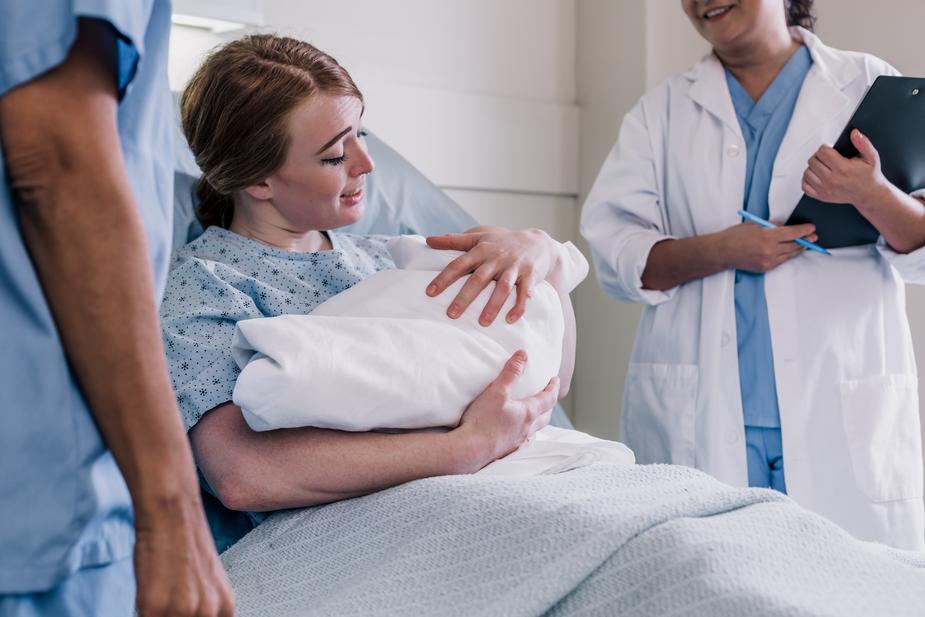 You can expect to lose about 6-12 pounds (depending on the size of your baby) during the birth. After that, your weight loss will slow considerably. Depending on how much weight you gained during pregnancy (the average is 25-35 pounds), it may take several months to lose the baby weight. For many women, breastfeeding seems to help promote weight loss. Other moms don’t see weight loss associated with breastfeeding. Try to keep your nutrition consistent while you are breastfeeding and do not get frustrated if it takes longer than you’d hoped to lose the weight.
You can expect to lose about 6-12 pounds (depending on the size of your baby) during the birth. After that, your weight loss will slow considerably. Depending on how much weight you gained during pregnancy (the average is 25-35 pounds), it may take several months to lose the baby weight. For many women, breastfeeding seems to help promote weight loss. Other moms don’t see weight loss associated with breastfeeding. Try to keep your nutrition consistent while you are breastfeeding and do not get frustrated if it takes longer than you’d hoped to lose the weight.
Things to consider
Pay attention to your body after giving birth. If something doesn’t seem right, it probably isn’t. Soreness is to be expected, but too much pain could mean something is seriously wrong. Don’t be so wrapped up in caring for your baby that you ignore your own health.
Just because you’ve made it through delivery, you are not necessarily out of danger for health complications. There are life-threatening problems related to childbirth that can happen days or weeks after delivery.
- Postpartum hemorrhage is rare but can happen. If your postpartum bleeding is filling more than a pad every hour, you should contact your doctor immediately. Without treatment, postpartum hemorrhage can be fatal.
- Headaches that are severe and don’t go away can also signal an underlying problem, especially coupled with high blood pressure. You could be in danger of having a stroke.
- Deep vein thrombosis (a blood clot in a deep vein) is a somewhat uncommon problem (1 in every 1,000 pregnancies) that can occur during or after pregnancy. Symptoms include leg pain or feeling like you have a pulled muscle. Your leg may also be red and hot to the touch. Left untreated, these clots can break away and travel to your lungs. When this happens, it can be life-threatening.
- Postpartum preeclampsia is rare and can develop within 48 hours after childbirth or as late as six weeks after childbirth. It is similar to preeclampsia (also called toxemia), which can occur while you’re pregnant.
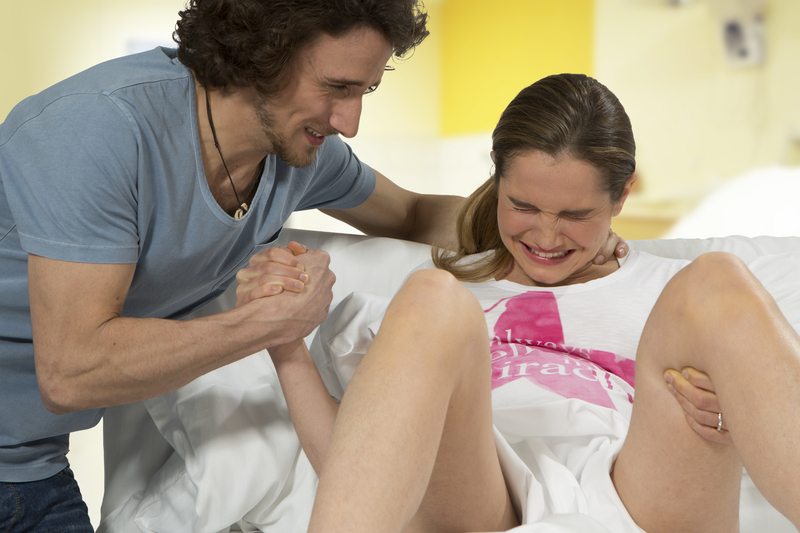 Both preeclampsia and postpartum preeclampsia cause your blood vessels to constrict (get smaller). This results in high blood pressure and also distresses your internal organs. Sometimes there are no obvious symptoms, unless you are monitoring your blood pressure. When you do have symptoms, they may include severe headache, swelling of your hands and feet, blurred vision, pain in the upper right portion of your body, and sudden weight gain. If you suspect you may have postpartum preeclampsia, call your doctor immediately.
Both preeclampsia and postpartum preeclampsia cause your blood vessels to constrict (get smaller). This results in high blood pressure and also distresses your internal organs. Sometimes there are no obvious symptoms, unless you are monitoring your blood pressure. When you do have symptoms, they may include severe headache, swelling of your hands and feet, blurred vision, pain in the upper right portion of your body, and sudden weight gain. If you suspect you may have postpartum preeclampsia, call your doctor immediately.
When to see a doctor
When you are recovering from delivery, it is best to err on the side of caution if you feel that something is not right with you or with the baby. You should expect to have some discomfort as you heal. You should not begin to feel worse.
In general, if you have any of these postpartum symptoms, call your doctor.
- Heavy vaginal bleeding that soaks more than one pad per hour or vaginal bleeding that increases each day instead of decreasing.
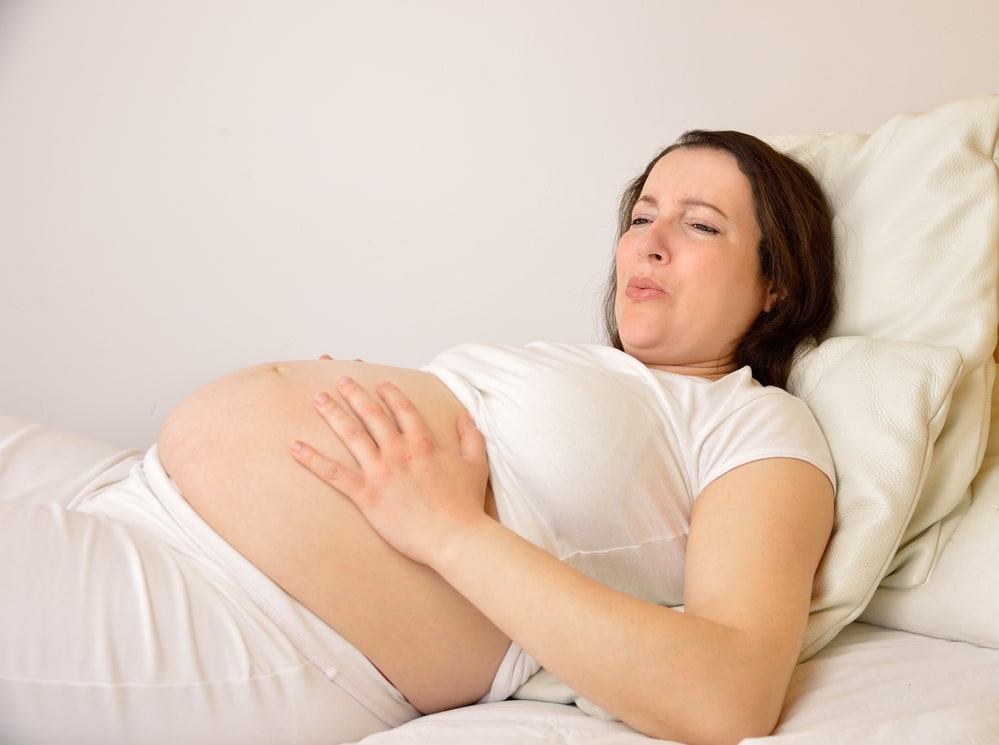
- Passing large clots (bigger than a quarter).
- Chills and/or a fever of more than 100.4°F.
- Fainting or dizziness.
- Changes to your vision or a severe headache (persistent).
- Painful urination or difficulty urinating.
- Vaginal discharge with a strong odor.
- Heart palpitations, chest pain or difficulty breathing.
- Vomiting.
- Incision from C-section or episiotomy is red, weepy (with pus), or swollen.
- Abdominal (lower belly) pain that is getting worse or new abdominal pain.
- Sore breasts that are red or feel hot to the touch.
- Pain in your legs with redness or swelling.
- Increase in swelling.
Questions to ask your doctor
- How long until I will feel like myself again?
- Why am I still retaining water?
- How many calories should I eat while I’m breastfeeding?
- When can I begin exercising?
- How long should I wait before having sex again?
- Can I get pregnant while I’m breastfeeding?
- Why is my hair falling out?
- Are there foods I shouldn’t eat while breastfeeding?
- Why aren’t I losing weight?
- What are my options for birth control?
- Will my breasts go back to normal?
- Why do I have no interest in sex?
Resources
Centers for Disease Control and Prevention (CDC): Depression Among Women
National Institutes of Health, MedlinePlus: Postpartum Care
Postpartum Support International
U.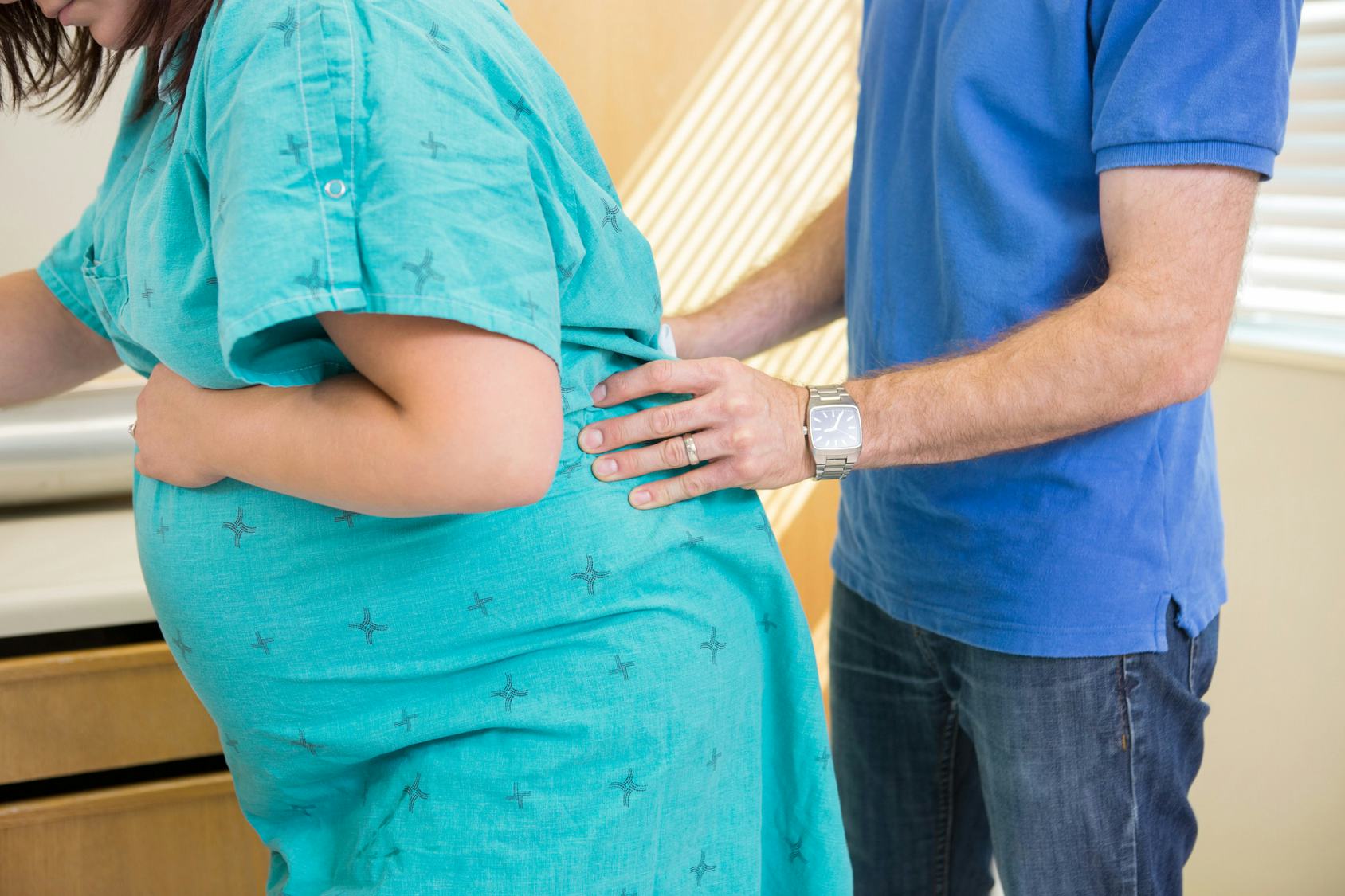 S. Department of Health and Human Services, Womenshealth.gov: Pregnancy: Recovering from Birth
S. Department of Health and Human Services, Womenshealth.gov: Pregnancy: Recovering from Birth
Warning signs of health problems after birth
Some discomforts after giving birth are normal. But new moms may be at risk of serious health conditions that need medical care.
Learning signs and symptoms of health complications may help save your life. Getting treatment quickly may help prevent certain life-threatening conditions.
Life-threatening conditions that can happen after giving birth include infections, blood clots, postpartum depression and postpartum hemorrhage.
Warning signs to watch out for include chest pain, trouble breathing, heavy bleeding, severe headache and extreme pain.
If you think your life is in danger, call emergency services (911) or go to a hospital emergency room.
When do you need medical care after giving birth?
Your body goes through lots of changes after giving birth, and it needs time to heal.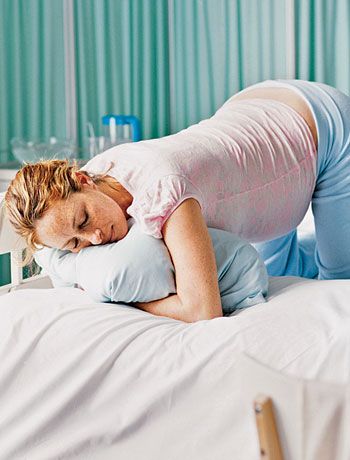 It’s normal to feel some discomforts in the weeks after you give birth, like being sore and really tired. But some women have complications after having a baby that can cause serious, life-threatening health problems. If you’re worried about how you feel or you have pain or discomforts that don’t feel right, call your health care provider. If you think your life is in danger, call emergency services (911) or go to a hospital emergency room.
It’s normal to feel some discomforts in the weeks after you give birth, like being sore and really tired. But some women have complications after having a baby that can cause serious, life-threatening health problems. If you’re worried about how you feel or you have pain or discomforts that don’t feel right, call your health care provider. If you think your life is in danger, call emergency services (911) or go to a hospital emergency room.
All women need postpartum care after giving birth. Postpartum care is medical care for women who just had a baby. Go to all of your postpartum checkups, even if you’re feeling fine. These are medical checkups you get to make sure you’re recovering well from labor and birth. They help your health care provider spot and treat health conditions you may have. Postpartum care is important because new moms are at risk of serious and sometimes, life-threatening health complications in the days and weeks after giving birth. Too many new moms die from problems that could have been prevented.
What are warning signs to look for after giving birth?
In general, warning signs of serious health conditions include chest pain, trouble breathing, heavy bleeding and extreme pain. If you have any of these signs or symptoms, call your provider right away. If you think your life is in danger, call emergency services (911) or go to the emergency room.
Signs of a condition are things someone else can see or know about you, like you have a rash or you’re coughing. Symptoms are things you feel yourself that others can’t see, like having a sore throat or feeling dizzy.
Call your provider if you have any of these signs or symptoms:
Signs and symptoms of infection
- Fever higher than 100.4 F. You get a fever when your body is trying to kill the virus or bacteria that caused an infection.
- Discharge, pain or redness that doesn’t go away or gets worse around a c-section incision (cut), episiotomy or perineal tear.
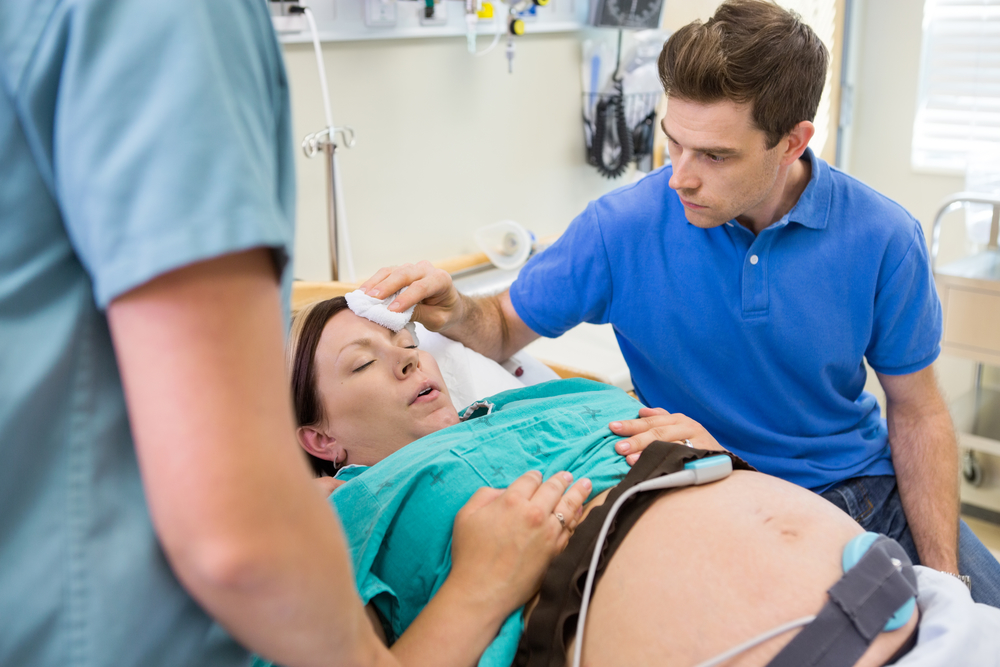 A c-section (also called cesarean birth) is a surgery in which your baby is born through a cut that your doctor makes in your belly and uterus (womb). An episiotomy is a cut made at the opening of the vagina to help let the baby out during birth. A perineal tear is a tear in the perineum, which is the area between the vagina and the rectum. Your perineum may tear naturally during vaginal birth.
A c-section (also called cesarean birth) is a surgery in which your baby is born through a cut that your doctor makes in your belly and uterus (womb). An episiotomy is a cut made at the opening of the vagina to help let the baby out during birth. A perineal tear is a tear in the perineum, which is the area between the vagina and the rectum. Your perineum may tear naturally during vaginal birth. - Pain or burning when you urinate (pee), pain in your lower back or side or needing to pee often. You may have a urinary tract infection (also called UTI), like a bladder infection called cystitis or a kidney infection called pyelonephritis.
- Red streaks on your breasts or lumps in your breast that are new and hurt. You may have a breast infection called mastitis. This can happen when you have a plugged duct, you miss or delay breastfeeding or your breasts become engorged (swollen and full of milk).
- Severe pain in your lower belly.
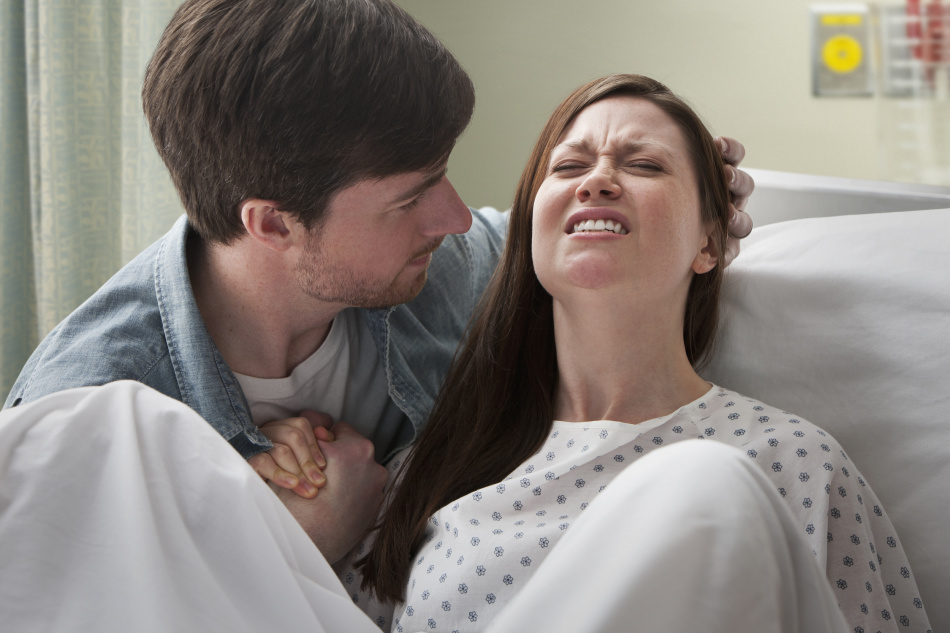 You may have endometritis. This is inflammation (redness or swelling) in the lining of the uterus.
You may have endometritis. This is inflammation (redness or swelling) in the lining of the uterus. - Vaginal discharge that smells bad. You may have endometritis or an infection called bacterial vaginosis (also called BV). BV happens when there’s too much of a certain bacteria in the vagina.
Sometimes the body has an extreme response to infection called sepsis. Sepsis can be life-threatening. Call 911 or go to the emergency room if you have any of these signs or symptoms of sepsis after giving birth:
- Chills or feeling very cold
- Clammy or sweaty skin
- Fast breathing
- Fast heart rate
- Feeling confused
- Fever
- Having extreme pain or discomfort
Signs and symptoms of other health conditions
- Bleeding that’s heavier than your normal period or bleeding that gets worse over time. You may have postpartum hemorrhage (also called PPH). PPH is when a woman has heavy bleeding after giving birth.
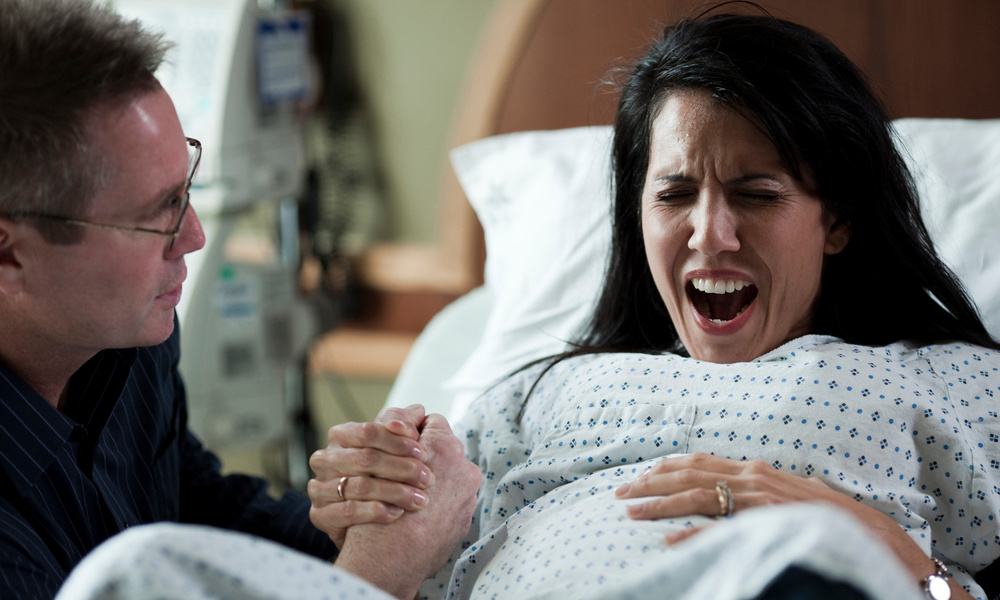 It’s a serious, but rare condition that can happen up to 12 weeks after having a baby.
It’s a serious, but rare condition that can happen up to 12 weeks after having a baby. - Pain, swelling, redness, warmth or tenderness in your legs, especially in your calves. You may have deep vein thrombosis (also called DVT). This happens when a blood clot forms deep in the body, usually in the lower leg or thigh.
- Changes in vision, dizziness, severe headache, pain in the upper right belly or in the shoulder, trouble breathing, sudden weight gain or swelling in the legs, hands or face. You may have postpartum preeclampsia. This is a serious condition that happens when a woman has high blood pressure and signs that some of her organs, like her kidneys and liver, may not be working normally after giving birth.
- Chest pain, coughing or gasping for air. You may have a pulmonary embolism (also called PE). An embolism is a blood clot that moves from where it formed to another place in the body. When the clot moves to a lung, it’s PE.
 PE is an emergency.
PE is an emergency. - Feeling sad or hopeless for more than 10 days after giving birth. You may have postpartum depression (also called PPD), a kind of depression some women get after having a baby. PPD is strong feelings of sadness, anxiety (worry) and tiredness that last for a long time after giving birth. These feelings can make it hard for you to take care of yourself and your baby. PPD is a medical condition that needs treatment to get better.
- Feeling sick to your stomach or throwing up. You may have PPH or cardiovascular disease (also called heart disease). Heart disease includes conditions that affect the heart and blood vessels. They often affect the heart muscle or involve narrowed or blocked blood vessels that can lead to a heart attack or stroke.
Last reviewed: July, 2018
See also: Your body after baby: The first 6 weeks, Your postpartum checkups, Pregnancy-related death, maternal death and maternal mortality
Anti-inflammatory drugs to relieve pain in the perineum after childbirth
This translation is out of date.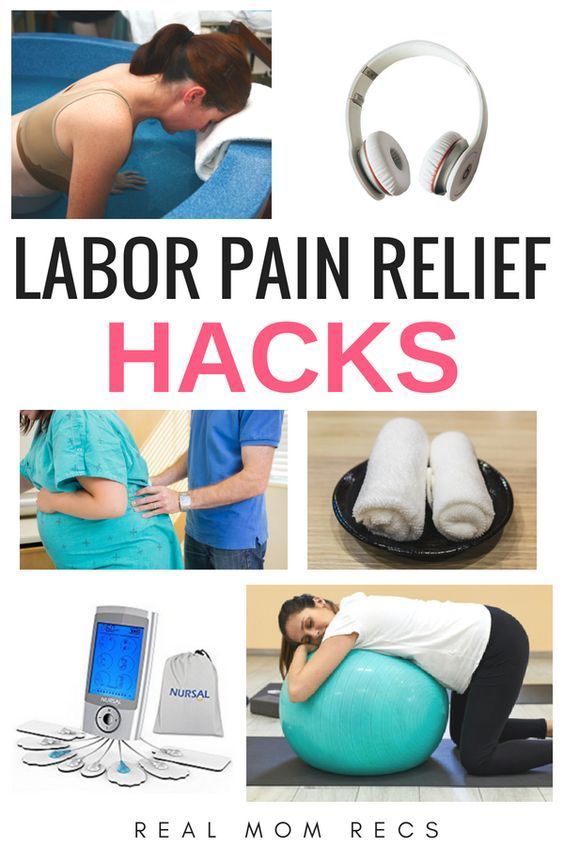 Please click here for the latest English version of this review.
Please click here for the latest English version of this review.
What is the problem (question)?
After giving birth, many women experience pain in the perineum, the area between the anus and the vagina. This Cochrane review addresses the question of whether this pain can be relieved with a single dose of a non-steroidal anti-inflammatory drug (NSAID) such as aspirin or ibuprofen.
Why is this important?
Some women experience particularly severe pain in the perineum after childbirth if the perineum ruptures during childbirth or an incision is required (a procedure known as an episiotomy). Even women who give birth without a perineal tear or surgery often experience some discomfort in the perineal area, which can affect a woman's activity as well as her ability to care for a baby. This review is part of a series of reviews looking at the effectiveness of various pain relief medications for perineal pain immediately after childbirth.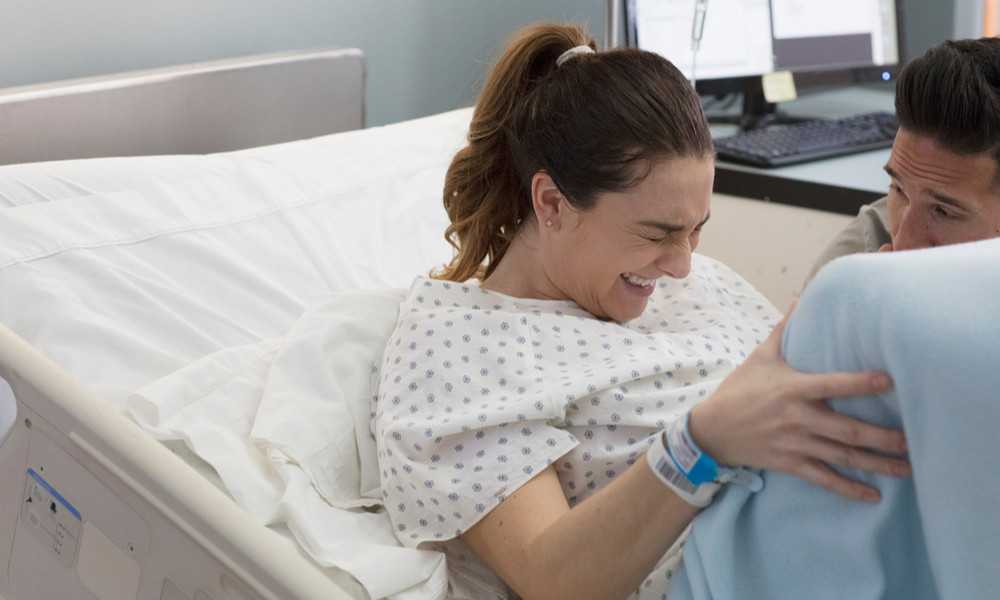 This review looked at NSAIDs such as aspirin and ibuprofen.
This review looked at NSAIDs such as aspirin and ibuprofen.
What evidence did we find?
We found 28 studies involving 4181 women that studied 13 different NSAIDs (aspirin, ibuprofen, etc.). We included studies up to 31 March 2016. The studies we found only included women who had suffered perineal injuries and were not breastfeeding. Studies were conducted between 1967 and 2013 and were small and of low quality.
Studies have shown that a single dose of NSAIDs provides greater pain relief when assessed 4 hours (low-quality evidence) or 6 hours (very low-quality evidence) after administration, compared with placebo (a pill that mimics a drug) or no treatment in lactating women who have suffered trauma to the perineum during childbirth. Women who received single doses of NSAIDs also needed less additional pain relief 4 hours (low-quality evidence) or 6 hours (low-quality evidence) after their initial dose compared with women who took placebo or received no treatment. Not all studies assessed the adverse effects of the intervention, but some reported adverse effects in mothers such as drowsiness, headache, weakness, nausea, and stomach discomfort. However, there was no clear difference in the incidence of adverse effects 6 hours after drug administration between the groups (very low-quality evidence). One small study reported no adverse effects in mothers 4 hours after drug administration (low-quality evidence). None of the studies assessed possible adverse effects in children.
Not all studies assessed the adverse effects of the intervention, but some reported adverse effects in mothers such as drowsiness, headache, weakness, nausea, and stomach discomfort. However, there was no clear difference in the incidence of adverse effects 6 hours after drug administration between the groups (very low-quality evidence). One small study reported no adverse effects in mothers 4 hours after drug administration (low-quality evidence). None of the studies assessed possible adverse effects in children.
NSAIDs also appeared to be better than paracetamol in relieving pain when assessed 4 hours (but not 6 hours) after drug administration, although such a comparison was made only in three small studies. Women who received a single dose of NSAIDs also needed less additional pain relief 6 hours (but not 4 hours) after taking the medication, compared with women who received paracetamol. There were no adverse effects in mothers 4 hours after taking the drug (according to one small study). Three small studies reported adverse effects in mothers assessed 6 hours after drug administration, but there were no clear differences between the groups. No adverse effects were reported in children in any of the included studies. Breastfeeding women were also excluded from all studies.
Three small studies reported adverse effects in mothers assessed 6 hours after drug administration, but there were no clear differences between the groups. No adverse effects were reported in children in any of the included studies. Breastfeeding women were also excluded from all studies.
Comparisons of different NSAIDs and different doses of the same NSAID did not show any clear difference in their efficacy for the main outcomes assessed in this review. However, there were few data available for some NSAIDs.
None of the included studies reported any of the secondary outcomes considered in this review, including: increased length of stay or readmissions for perineal pain; breastfeeding, perineal pain 6 weeks postpartum, women's opinion, postpartum depression, and disability due to perineal pain.
What does this mean?
In non-breastfeeding women, a single dose of NSAIDs may relieve perineal pain when assessed 4 and 6 hours after drug administration.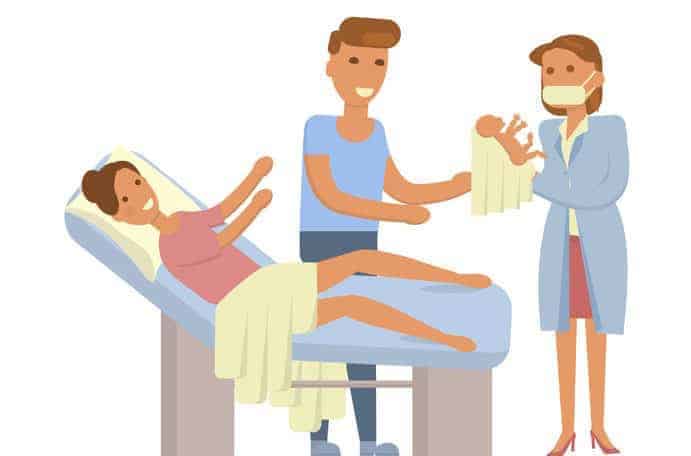 Paracetamol may provide similar benefits. No serious side effects were reported, but not all studies addressed this issue. No data are available for breastfeeding women and these women should seek help as some NSAIDs are not recommended for breastfeeding.
Paracetamol may provide similar benefits. No serious side effects were reported, but not all studies addressed this issue. No data are available for breastfeeding women and these women should seek help as some NSAIDs are not recommended for breastfeeding.
Translation notes:
Translation: Kukushkin Mikhail Evgenievich. Editing: Yudina Ekaterina Viktorovna. Project coordination for translation into Russian: Cochrane Russia - Cochrane Russia (branch of the Northern Cochrane Center on the basis of Kazan Federal University). For questions related to this translation, please contact us at: [email protected]; [email protected]
Postpartum complications
After childbirth, the inner surface of the uterus is a vast area of the wound surface, which can get infectious agents living in our body and around us. It is important that the body responds correctly to the penetration of the infection, but with reduced immunity, it resists weakly.
Postpartum endometritis - inflammation of the walls of the uterus, usually occurs after childbirth with a long anhydrous interval (amniotic fluid has poured out more than 12 hours before the birth of the child) or after a caesarean section. On the 2nd-5th day after spontaneous childbirth (2nd-3rd day after caesarean section), clinical signs of endometritis appear: high body temperature (38-39 degrees), chills, pain in the lower abdomen. In addition, the discharge from the genital tract, which should become paler every day, becomes brighter, a characteristic unpleasant odor appears. For timely prevention and diagnosis of endometritis, 3-5 days after childbirth, do an ultrasound of the uterus. If the diagnosis is confirmed, treatment is carried out in a hospital.
Peritonitis - inflammation of the peritoneum, a thin tissue membrane lining the walls of the abdominal cavity and the organs that are in it. Quite often, the disease occurs after a caesarean section. Clinical manifestations: high body temperature (38-39), chills, headache, severe soreness of the uterus, a symptom of peritoneal irritation (when pressing with a hand on the stomach and then abruptly releasing - severe pain). Often, peritonitis develops against the background of antibacterial therapy initiated in the treatment of postpartum endometritis. In some cases, the intestinal walls begin to pass microorganisms that enter the abdominal cavity, causing intoxication and dehydration.
Clinical manifestations: high body temperature (38-39), chills, headache, severe soreness of the uterus, a symptom of peritoneal irritation (when pressing with a hand on the stomach and then abruptly releasing - severe pain). Often, peritonitis develops against the background of antibacterial therapy initiated in the treatment of postpartum endometritis. In some cases, the intestinal walls begin to pass microorganisms that enter the abdominal cavity, causing intoxication and dehydration.
Sepsis - blood poisoning, a life-threatening condition, accompanied by chills, a sharp rise in body temperature up to 40 - 41, dysfunction of all vital organs (respiratory, excretory, cardiovascular and other functions). In sepsis, the primary focus of infection is most often the uterus, but sometimes it happens that it is “replaced” by other sources of infection in the body (dental caries, inflammation of the tonsils or mammary gland, kidneys).
Treatment . If the remains of the placenta or accumulation of blood clots are found in the uterus after childbirth, they are removed. If the primary purulent focus is found in the mammary gland (mastitis), the abscess is opened, the pus is removed and a drainage (rubber tube) is installed to drain the contents. At the same time, general treatment of sepsis is prescribed: detoxification, antibiotic therapy, hormonal support, etc.
If the primary purulent focus is found in the mammary gland (mastitis), the abscess is opened, the pus is removed and a drainage (rubber tube) is installed to drain the contents. At the same time, general treatment of sepsis is prescribed: detoxification, antibiotic therapy, hormonal support, etc.
Postpartum mastitis - inflammation of the mammary gland in a woman who is breastfeeding. The most common causative agent of the disease is Staphylococcus aureus. When the first signs of congestion (lactostasis) appear in the mammary gland, you should immediately consult a specialist. Timely treatment of lactostasis can quickly resolve the situation, without leading to mastitis.
As a rule, lactostasis begins with an increase in body temperature (38-39), chills, weakness appear, pain in the mammary gland increases during feeding. The breast increases in volume, the skin over the compacted areas of the gland is inflamed, sharply painful, cracks in the nipples can be observed.
